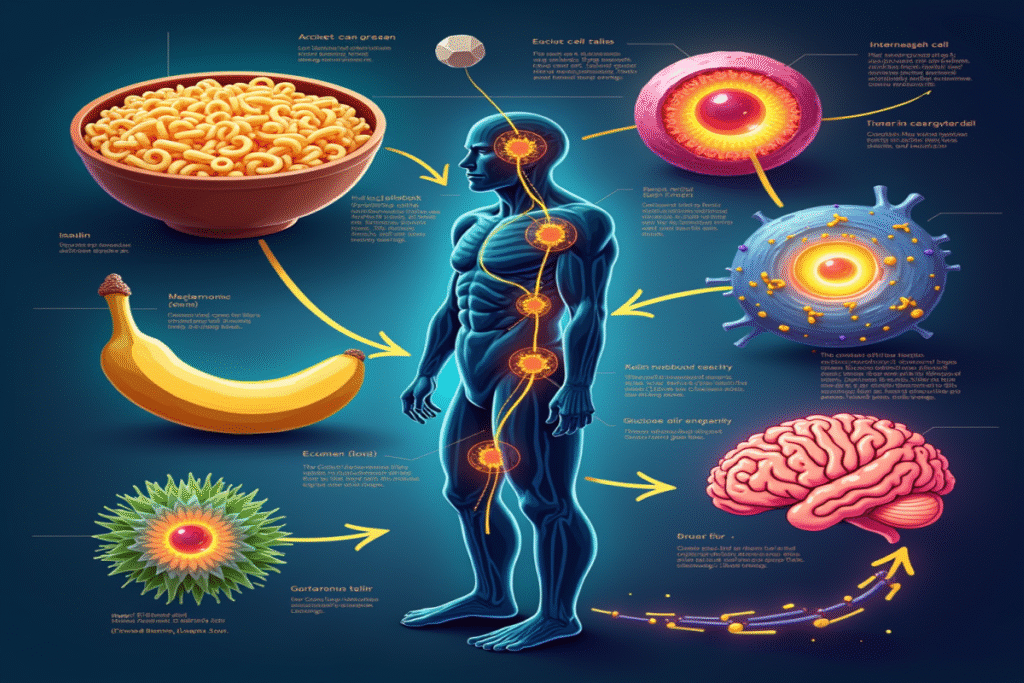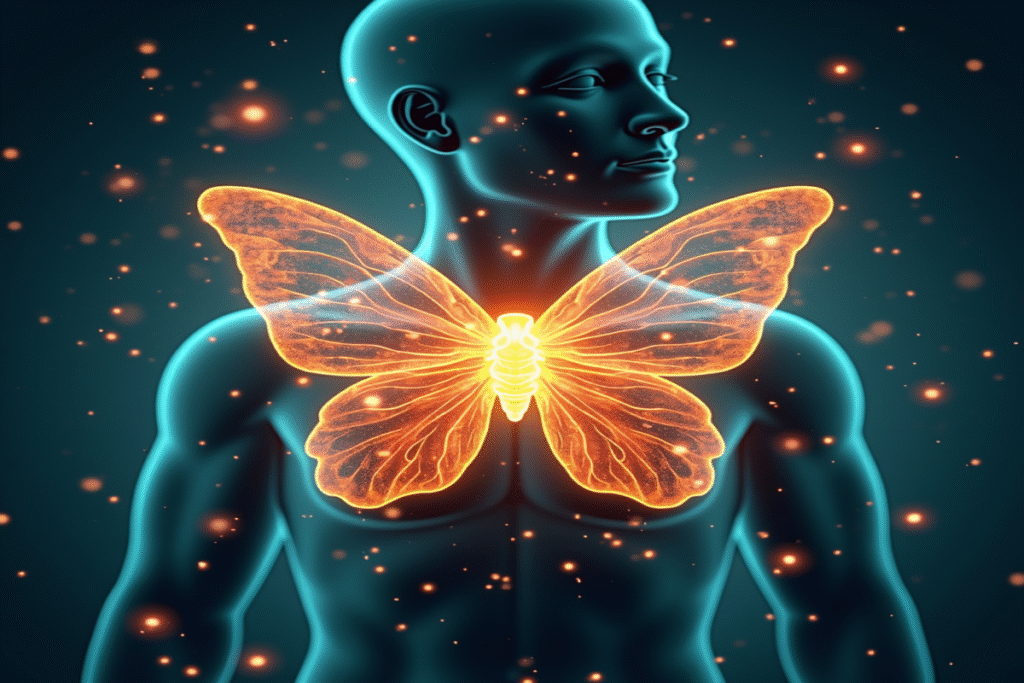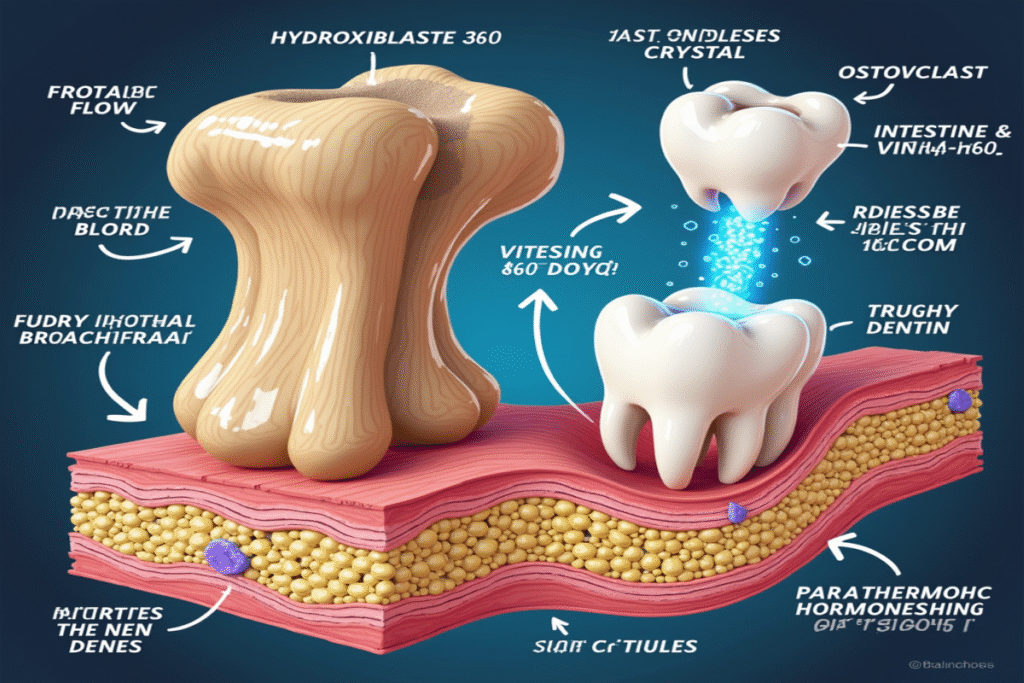Deep underground in the arid regions of East Africa lives one of nature’s most fascinating mammals: the naked mole rat. These wrinkly, hairless creatures might not win beauty contests, but their survival abilities are extraordinary. Their most remarkable talent is their ability to survive without oxygen for up to 18 minutes—a feat that would kill most mammals, including humans, within a few minutes.
The Oxygen Challenge
When most mammals are deprived of oxygen (a condition called hypoxia), their brain cells quickly begin to die. This happens because, without oxygen, cells cannot produce enough ATP—the energy currency of cells—through normal aerobic metabolism. Brain cells are especially vulnerable because they consume vast amounts of energy and have very little reserve.
Naked mole rats, however, have developed a remarkable solution to this biological limit.
Switching to Fructose Power
When oxygen levels drop, naked mole rats perform a metabolic trick: they switch their cellular energy production from glucose to fructose. In 2017, researchers at the University of Illinois discovered that naked mole rats can use fructose to fuel anaerobic metabolism in their brain cells—something no other mammal is known to do.
This adaptation is similar to what happens in plants, which often use fructose in low-oxygen conditions. Naked mole rats have adopted a strategy typically seen in the plant world!
How Does This Work?
When oxygen levels are low, naked mole rat cells activate molecular pumps called GLUT5 transporters that move fructose into cells. They then use special enzymes to convert fructose into fructose-1-phosphate and ultimately into energy through a pathway that does not require oxygen.
This metabolic switch allows their brain cells to keep working at about 30% of their usual energy production—just enough to stay alive until oxygen becomes available again.
Cold-Blooded Mammals?
Another reason for the naked mole rat’s survival skills is their unusual way of regulating body temperature. Unlike most mammals, naked mole rats are essentially cold-blooded—their body temperature changes with their environment. This lowers their overall energy needs, allowing them to survive longer with limited resources during low-oxygen situations.
Evolutionary Adaptations
These incredible traits evolved out of necessity. Living in underground tunnels where oxygen levels can vary greatly, naked mole rats faced strong pressure to develop ways to survive without oxygen. Their colonies can include hundreds of members, and when many gather in one spot, oxygen quickly becomes scarce.
Additionally, their tunnels may flood during heavy rains, trapping mole rats in air pockets where oxygen runs out fast.
Medical Implications
Scientists are studying naked mole rats to learn how their unique metabolism might help human medicine. Understanding how their cells switch metabolic pathways could someday help treat conditions involving oxygen deprivation, such as heart attacks and strokes, where tissues are damaged quickly when oxygen is lost.
Researchers hope that by uncovering the secrets of the naked mole rat’s resistance to hypoxia, we might eventually find ways to protect human tissues during emergencies or improve outcomes for patients with oxygen-related injuries.
These unusual creatures show that nature has spent millions of years perfecting survival strategies—and sometimes, the most valuable scientific insights come from the most unlikely places.





